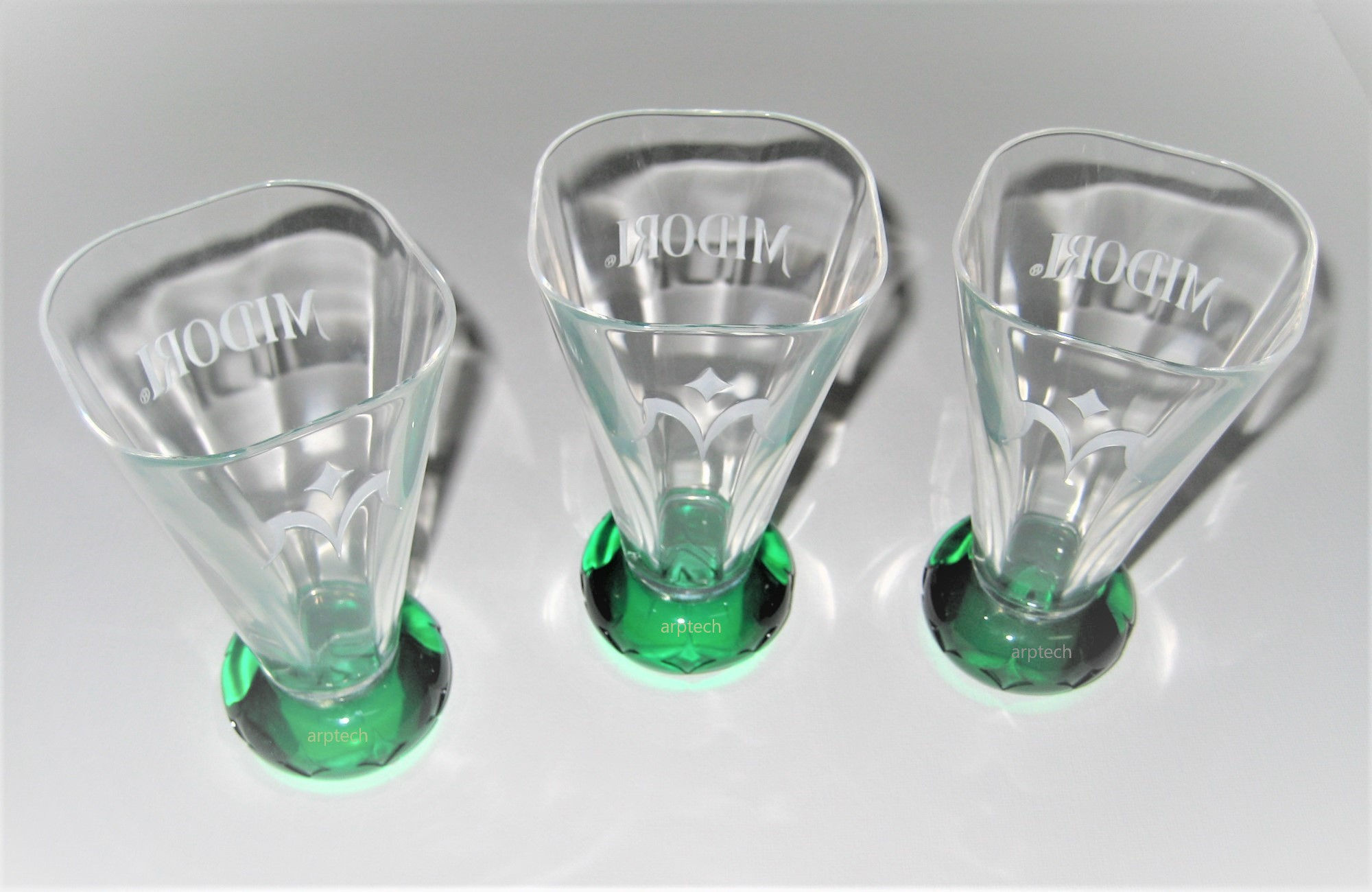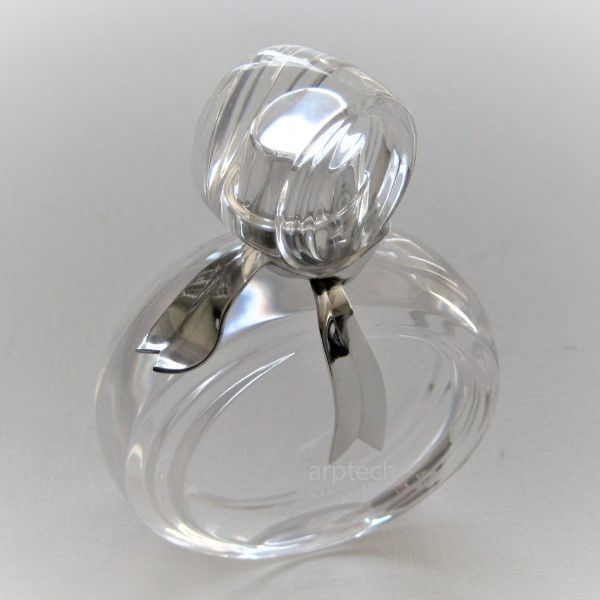Using Rapid Prototyping in the Packaging Industry
When investing or putting resources in packaging, it is customary to have safeguards in place. But it does not mean you have to settle for a lengthy and costly packaging prototyping process. The traditional method to evaluate packaging designs is expensive. It consumes too much time, leading to a delay in production and additional expenditure for a new model. However, rapid prototyping technologies such as 3D printing can assist you in avoiding such problems.
3D printing is often used in rapid packaging prototyping to evaluate packaging design. In the end, it allows you to improve and maintain your investment with the fastest turnarounds for elementary packaging prototypes and any required modifications. Consequently, it helps avoid unnecessary costs and delays while still maintaining your product integrity.
Customised/Personalised Packaging
It is not surprising that manufacturing technologies like 3D printing would be vital, considering making things more personalised in current and future trends. Customers can design and build highly customised packages on-demand using the technique. Individual packaging designs can be made to order, and numerous design packaging prototypes can be manufactured effectively. Personalised packaging is crucial in the food and beverage sector, where unique presents like cakes and refreshments are highly appreciated. Moreover, over the last couple of years, we have observed a trend for personalised packaging, with some examples including:
- Nutella offered personalised containers of chocolate spread showing the consumer's name.
- Burberry gave the chance to have initials engraved on its My Burberry scent.
- Heinz ran a contest to win a personalised bottle of HP Sauce for Father's Day.
Challenges, Along With Their Solutions
When it comes to personalising through 3D printing, there are a few challenges that organisations must overcome. The first obstacle is related to cost. Though 3D printers have become much more affordable, personalised packaging remains more expensive than standard formats. Most customers who want personalised products, on the other hand, expect to pay a higher price.
At the same time, the requirement to incorporate specific features such as graphics and legally needed information appears to be the second challenge. Because of these constraints, customers cannot have complete control over packaging design. One approach to deal with this is to offer them a package template, or a selection of templates, with some characteristics to get personalised before printing. Another alternative is to have the primary packing of the item consistent and standardised, with the opportunity to personalise an outer sleeve or another kind of wrap.
CNC Machining for Food Processing and Packaging Equipment
In recent times, packaging industry has shown astronomical growth in demand from food and beverage, consumer product goods, pharmaceutical and cosmetic manufacturing industries. Material handling technologies have a supportive role in the packaging automation. No matter if it is an industrial packaging or consumer packaging, you need to have purpose-built infrastructure and equipments to suit the particular product range. CNC machining and Additive manufacturing technologies, such as 3D-printing, has played a pivotal role to fill up the void in this fast-paced industry, whereby you need to keep the packaging machines and assembly lines working around the clock. Custom-made CNC machined parts are commonly used to produce packaging machinery such as, food processing machines, labelling machines, sealing machinery, conveyor belts, label printing equipment, vision and tracking systems, production of jigs, fixtures, enclosures, sensors and CNC machined moulds out of food grade materials.
Why Rapid Prototype Your Packaging Products?
In modern trends, an exclusive and distinctive approach of packaging has become a major factor of best-selling products. Here, we discuss some reasons why you should use rapid prototyping for developing your packaging products.
Faster Time to the Market
Various factors exist that can help determine whether the packaging is successful or not. With the help of rapid packaging prototyping, you can quickly check and analyse these factors without incurring costly setbacks, which also help to allow the product to launch in the market faster.
Testing a Package for Various Scenarios
Many problems might emerge for various causes. A packaging container working with another element like a cap or a different material may not perform how you anticipate it to, unless you test it. Suppose your packaging design is a part of an integral system, will have transition fit with another components in an assembly, or interact with something else. In that case, you should test it first to guarantee that your packaging solution is ready before investing in large-scale production. The initial 10% of the package development interaction can influence about 80% of the package's final cost.
Shorten your Product Development Cycle
Modern technologies like rapid prototyping are invaluable in product design and development. Reducing cycle time in the early stage of a new product development process plays a crucial role. Therefore, part production and assembly line setup process starts simultaneously to reduce the development time. For assembly line setup, you need to have the bunch of parts ready for initial testing. If real parts are not ready then 3d printed or vacuum cast mock-up parts are used to set up the equipments such as printing, labelling, sensors for conveyor system.
Reducing Costs and Delivering Sustainable Packaging Solutions
According to your estimated annual quantity requirements, rapid packaging prototyping can help reduce costs and save money in other ways. Let us consider an example. Suppose you only require a few thousand parts. In that case, it might be more cost-effective for your project to use a rapid packaging prototype mould after passing early testing. No doubt, it may lead to an increased price per piece, but the cost savings from eliminating tooling expenses may be well worth it. You can always finish developing extra cavities whenever you need more quantities of the part in the future.
Environmentally Friendly Packaging Prototypes
Companies can also use additive manufacturing processes like 3D printing to create more environmentally friendly packaging prototypes. Plastic waste pollution remains a significant issue. Nevertheless, it can be cleaned, dried, shredded, converted into a printable filament through extrusion, and recycled into a 3D printer to create a new product. Keep in mind that producing less waste is not only environmentally friendly, but it is also cost-effective. Apart from that, the introduction of 3D printing in packaging manufacturing may genuinely help preserve the environment because more sustainable bioplastic materials are used.
Final Words
Rapid packaging prototyping remains crucial, but it does not have to be as time-consuming and expensive as once. Engineers at ArpTech can assist you in testing and resolving potential issues associated with your packaging prototypes to allow them to work for your consumers. Contact us now to understand more about how we can help you find the ideal packaging prototyping solution.



